Inverter Generator Guide
Inverter Generator Guide
Inverter generators are the quiet, fuel smart choice for RV travel, camping, and home backup. They deliver clean pure sine wave power with low total harmonic distortion, so phones, laptops, medical devices, and modern appliances stay safe. This guide gives you the practical knowledge to choose, size, and use an inverter generator with confidence.
Use this page as your hub, then explore the A1–A20 deep dive articles for THD, noise, efficiency, sizing, fuel, safety, and cost.
What Is an Inverter Generator
An inverter generator is a portable generator that produces electricity in a controlled digital way. Instead of sending raw AC power straight to your outlets, it converts power to DC and then inverts it back into a smooth pure sine wave. That extra step delivers grid like power that modern electronics expect.
For a deeper explanation of waveform quality and distortion, start with A1. THD in Generators: Why It Matters for Electronics .
How Inverter Generators Work
Inverter generators use a three stage process. The engine spins an alternator to create raw AC power, the rectifier converts that power to DC, and the inverter module rebuilds AC as a pure sine wave at the correct voltage and frequency.
Because the inverter controls output frequency, the engine can vary RPM based on load. That is why inverter generators are quieter and more efficient than fixed speed conventional units.
For a step by step breakdown of the internals, read A5. How Inverter Generators Work .
Power Quality, THD, and Electronics
Power quality is where inverter generators truly stand out. Low total harmonic distortion keeps voltage and waveform shape stable so chargers, control boards, and medical devices run safely. High THD from older generators can cause excess heat, noise, and premature failure.
Compare pure sine wave and modified sine wave designs in A2. Pure Sine Wave vs Modified Sine Wave , then see how inverter generators protect sensitive loads in A4. How Inverter Generators Protect Electronics and A15. Are Inverter Generators Good for Electronics? .
Noise Levels and Fuel Efficiency
Noise and fuel use are the most noticeable day to day differences between inverter generators and traditional open frame units. Variable RPM means the engine only works as hard as your load requires. At light loads, both noise and fuel consumption drop significantly.
Learn about quiet design and sound reduction features in A6. Inverter Generator Noise Reduction Technology . For real world fuel burn and runtime examples, see A3. Inverter Generator Efficiency Explained , A11. Inverter Generator Fuel Consumption Explained , and A12. Inverter Generator Runtime Explained .
Sizing an Inverter Generator
Sizing starts with a simple list of what you plan to run. Add up running watts for devices that will be on at the same time, then add the highest starting surge among your appliances. Finally add headroom so the generator is not constantly at its limit.
Typical choices are 2000–2400W for camping basics, 3500–4500W for RV air conditioners and travel loads, and 4000–6500W for home backup essentials. The exact answer depends on your air conditioner size, whether you use soft starts, and how many devices you run together.
For a detailed walkthrough with examples, use A20. What Size Inverter Generator Do You Need .
RV, Camping, and Home Backup Use Cases
Inverter generators shine in three main scenarios: RV travel, camping, and home backup. Each use case has different priorities for wattage, noise, runtime, and outlets.
For RV owners, stable power for air conditioners, microwaves, and onboard electronics is critical. See A7. Best Inverter Generators for RV Use .
For camping, low noise and long runtime matter most. Small inverter generators keep lights, fridges, and devices running without spoiling the quiet. Read A8. Inverter Generators for Camping .
For home backup, clean power protects modern refrigerators, chargers, routers, and medical devices, while quiet operation keeps neighbors happy. See A9. Inverter Generators for Home Backup .
Safety and Maintenance Basics
Safe operation always comes first. Generators must run outdoors, away from windows and vents, with exhaust pointed safely. Loads should stay within rated capacity, and cords must be sized correctly. Inverter designs often include overload and low oil protection but cannot fix bad placement.
Review key safety differences in A13. Why Inverter Generators Are Safer .
Maintenance is straightforward: change oil on schedule, keep the air filter clean, inspect the spark plug, and treat fuel correctly. For a full checklist, use A14. Inverter Generator Maintenance Tips and lifespan guidance in A18. Do Inverter Generators Last Longer .
Cost and Long Term Value
Inverter generators cost more upfront than basic open frame units, but lower fuel use, quieter operation, and better power quality often justify the price. When you factor in comfort, neighbor relations, and electronics protection, total value tilts strongly toward inverter designs.
For a full price breakdown and feature comparison, use A19. Inverter Generator Cost Guide . If you are still weighing the upgrade, read A10. Are Inverter Generators Worth It? and the head to head overview in A16. Inverter Generator vs Traditional Generator .
Inverter Generator Article Library (A1–A20)
Use this library to explore each topic in more detail. Every article focuses on a single real world question about inverter generators.
- A1. THD in Generators: Why It Matters for Electronics
- A2. Pure Sine Wave vs Modified Sine Wave
- A3. Inverter Generator Efficiency Explained
- A4. How Inverter Generators Protect Electronics
- A5. How Inverter Generators Work
- A6. Inverter Generator Noise Reduction Technology
- A7. Best Inverter Generators for RV Use
- A8. Inverter Generators for Camping
- A9. Inverter Generators for Home Backup
- A10. Are Inverter Generators Worth It?
- A11. Inverter Generator Fuel Consumption Explained
- A12. Inverter Generator Runtime Explained
- A13. Why Inverter Generators Are Safer
- A14. Inverter Generator Maintenance Tips
- A15. Are Inverter Generators Good for Electronics?
- A16. Inverter Generator vs Traditional Generator
- A17. Can You Parallel Two Inverter Generators?
- A18. Do Inverter Generators Last Longer?
- A19. Inverter Generator Cost Guide
- A20. What Size Inverter Generator Do You Need
Related Generator Guides
Explore more generator topics across our complete guide system:
Recommended Inverter Generators

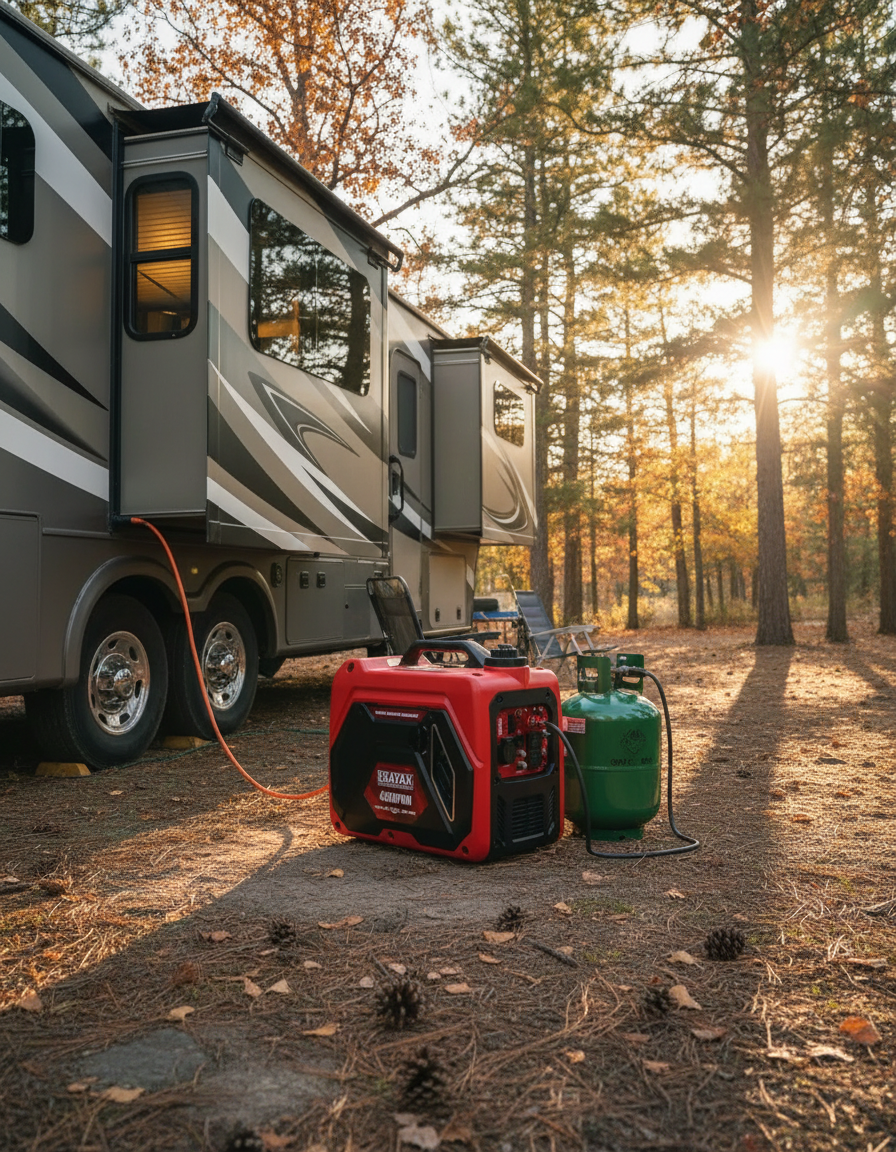
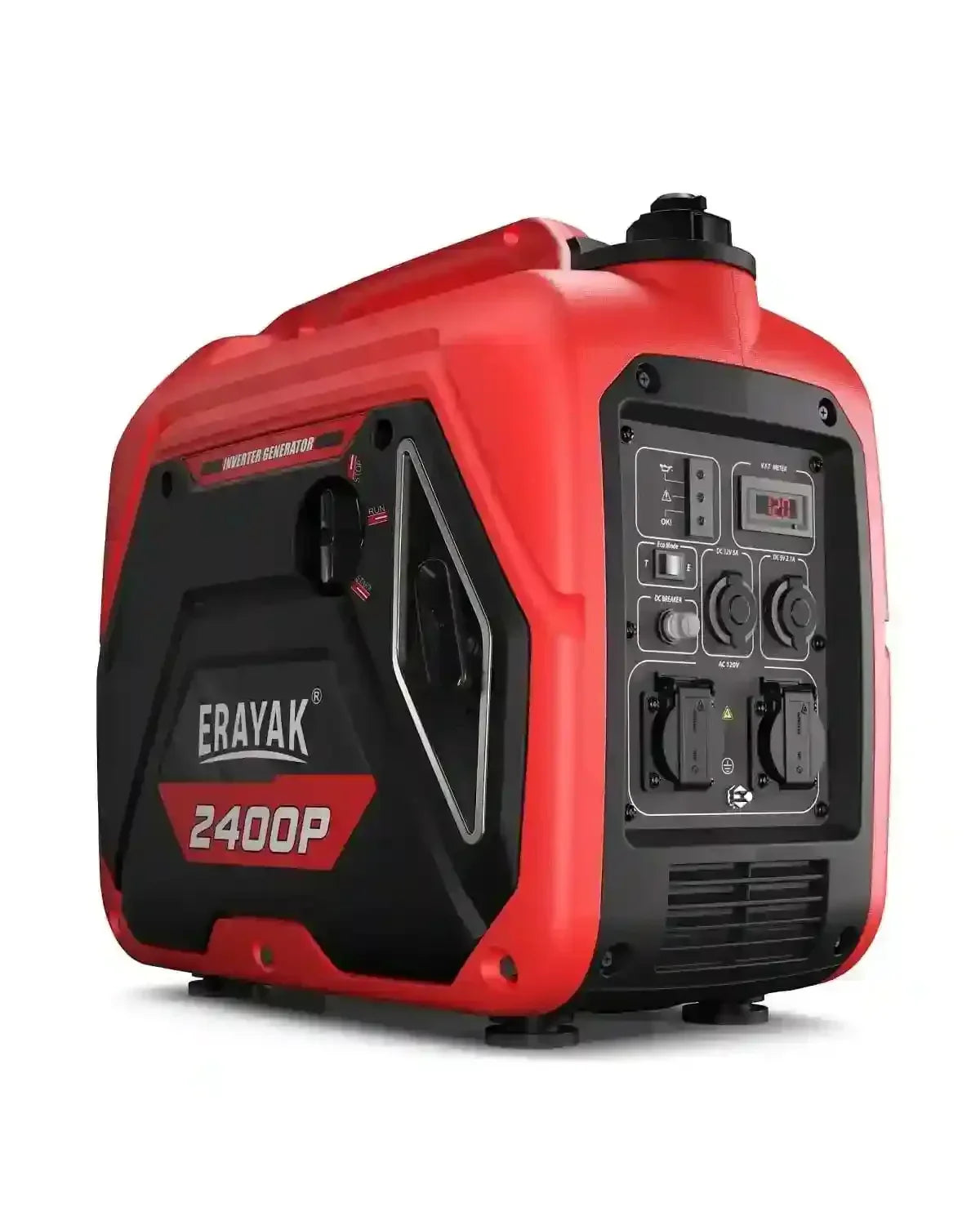

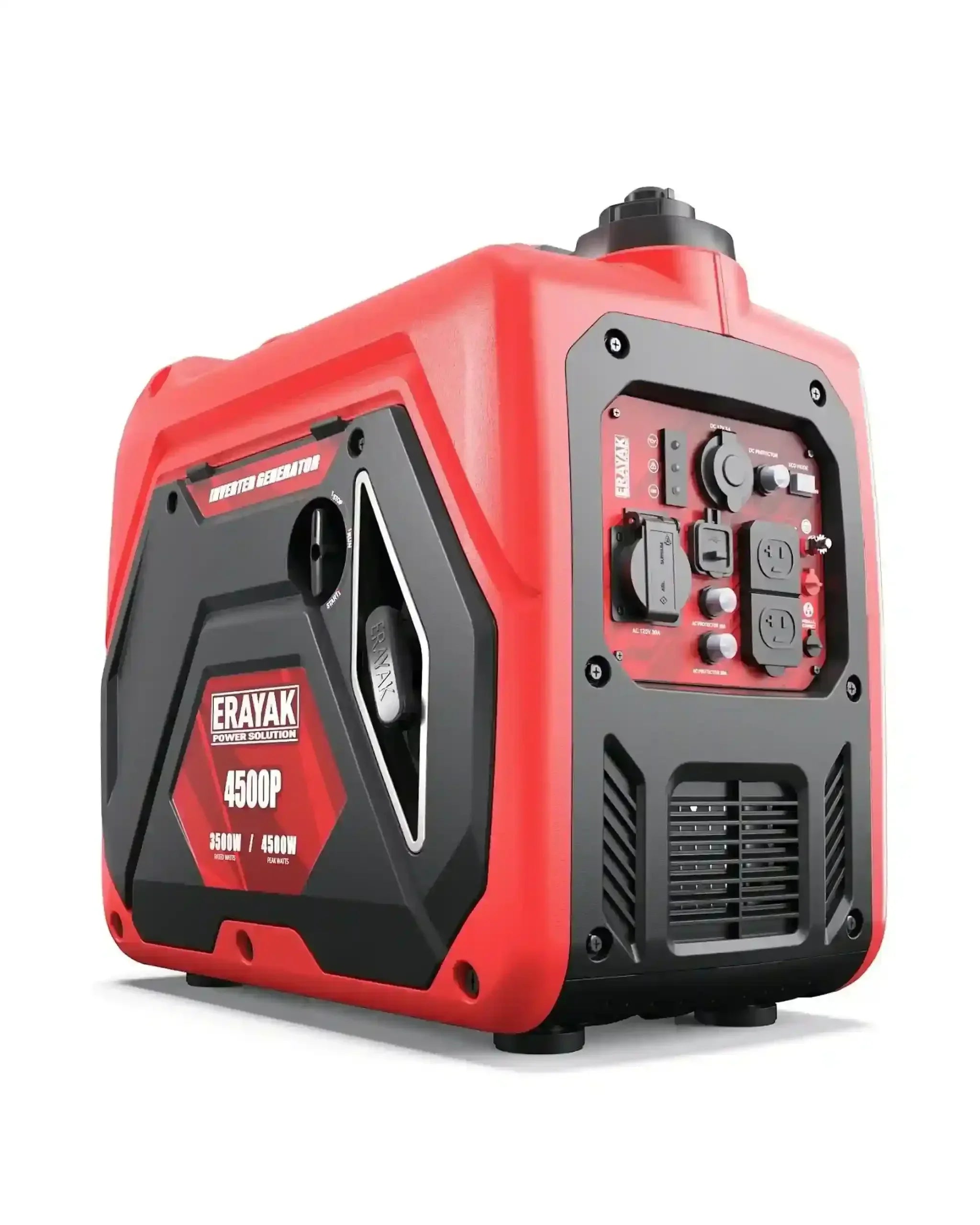
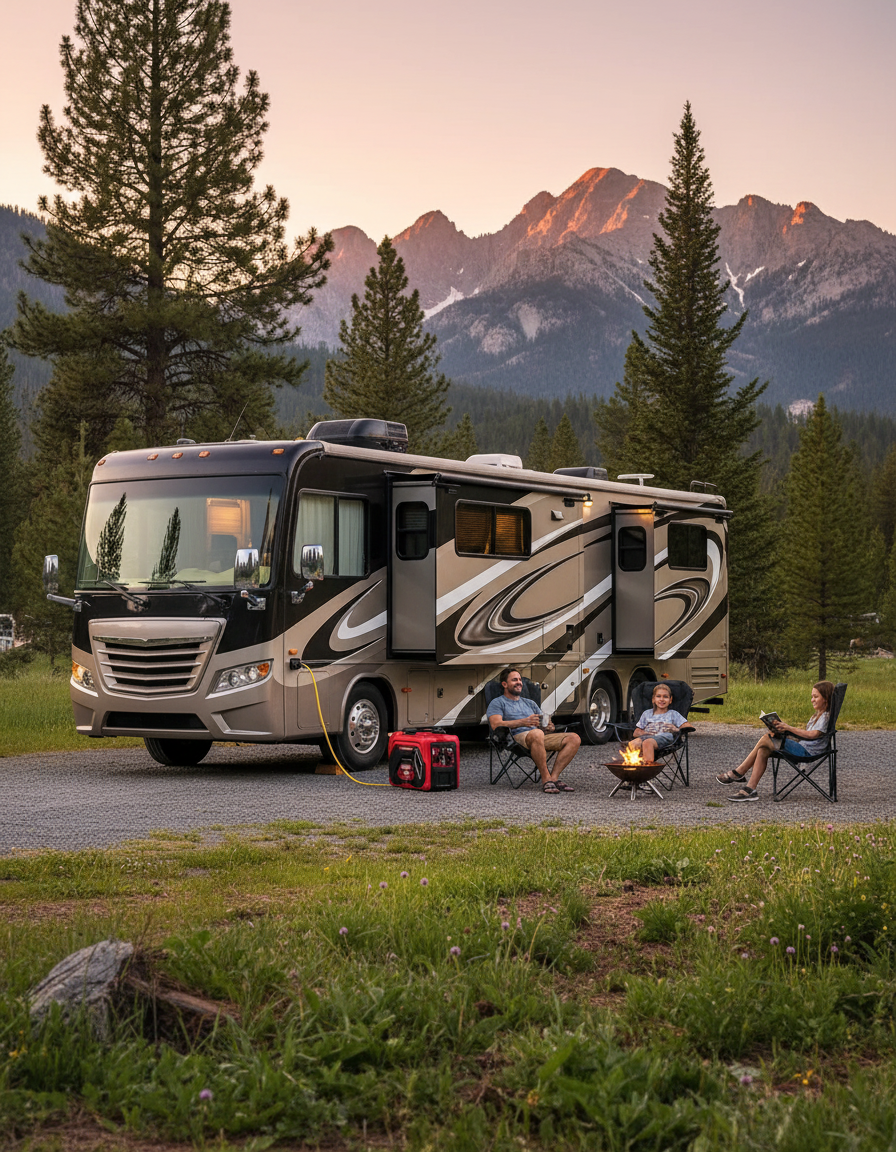




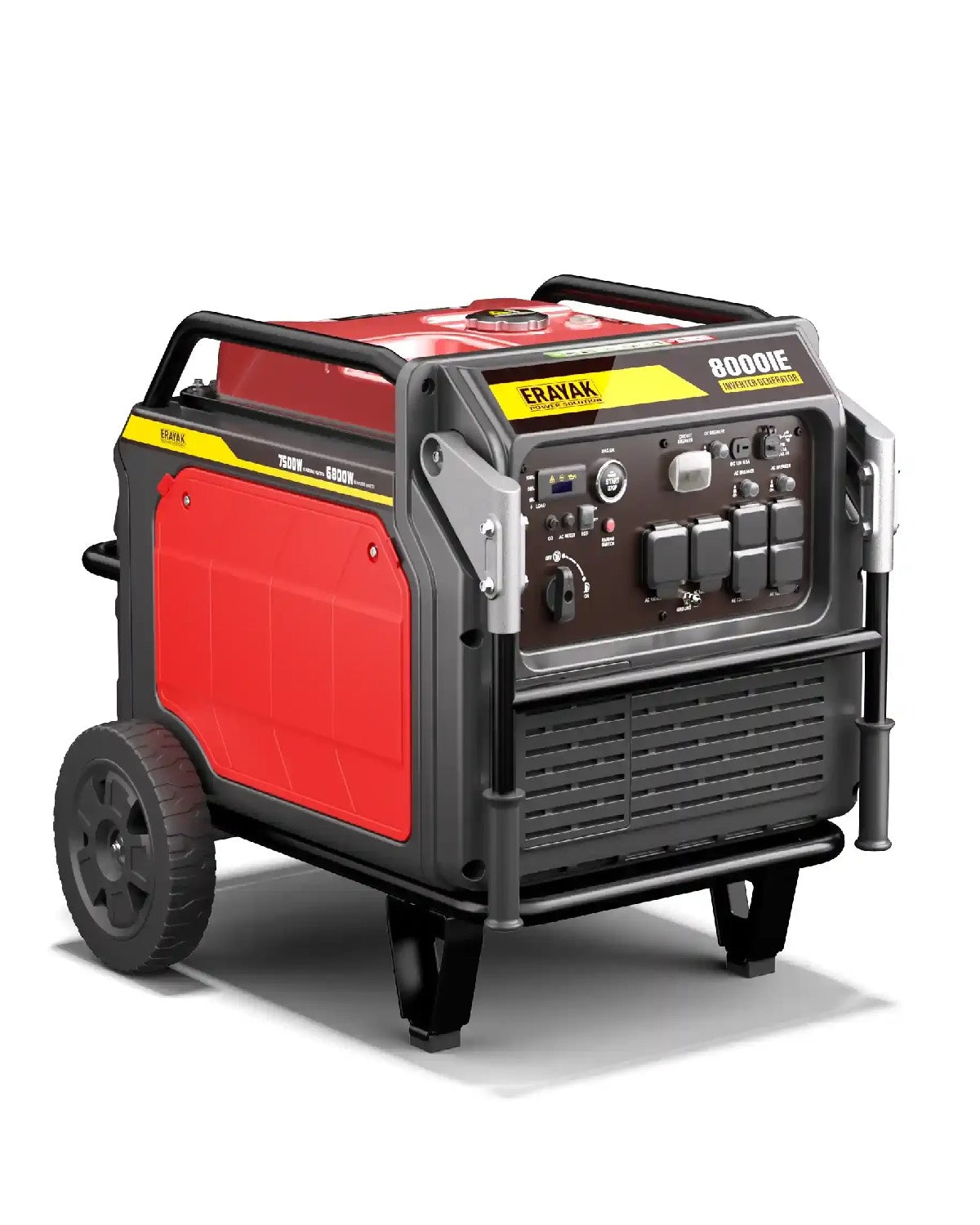

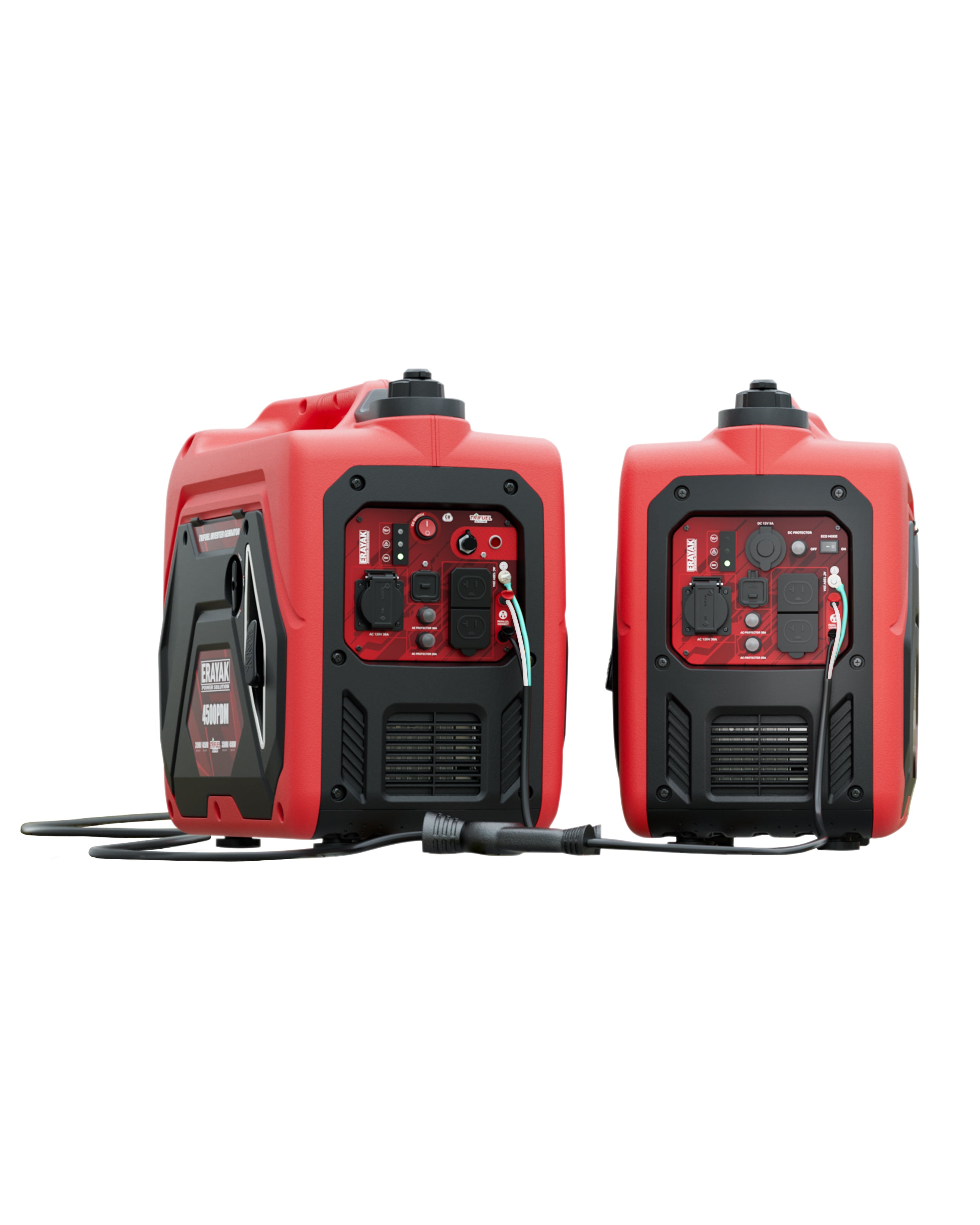
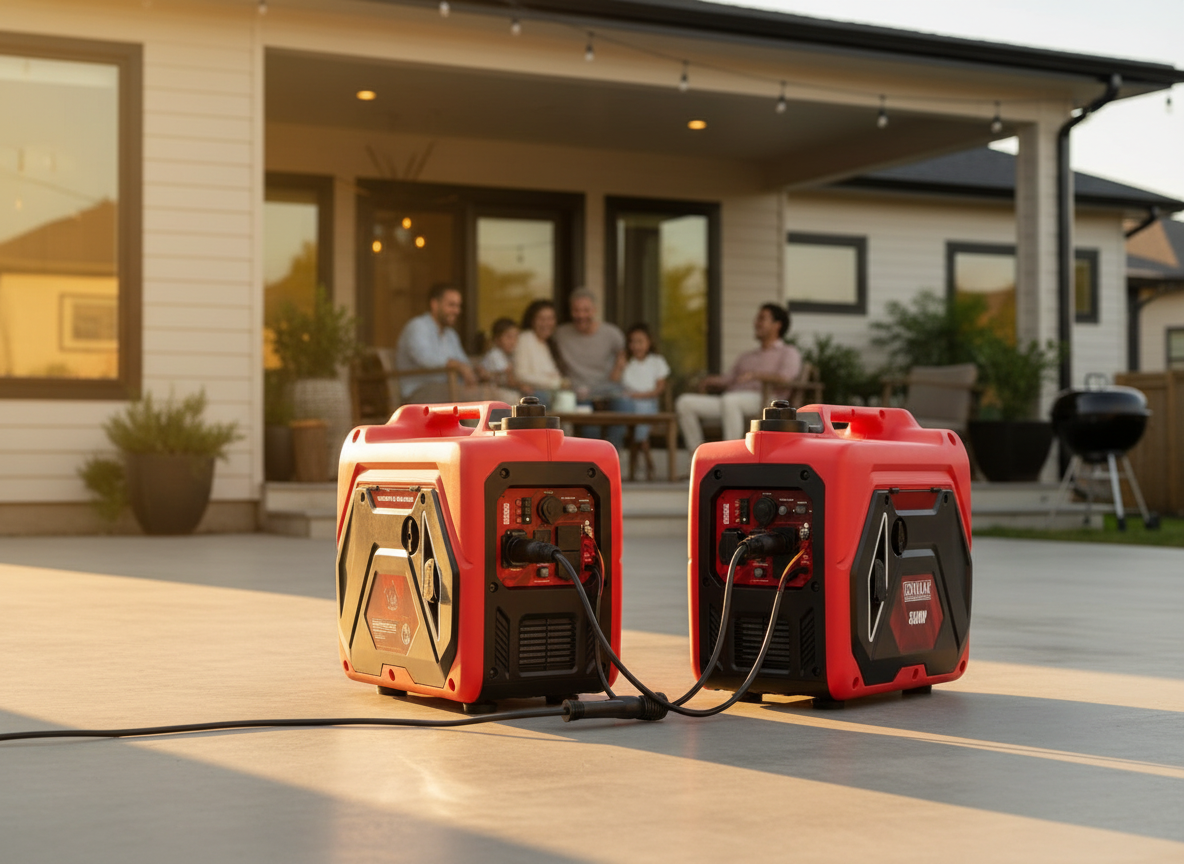
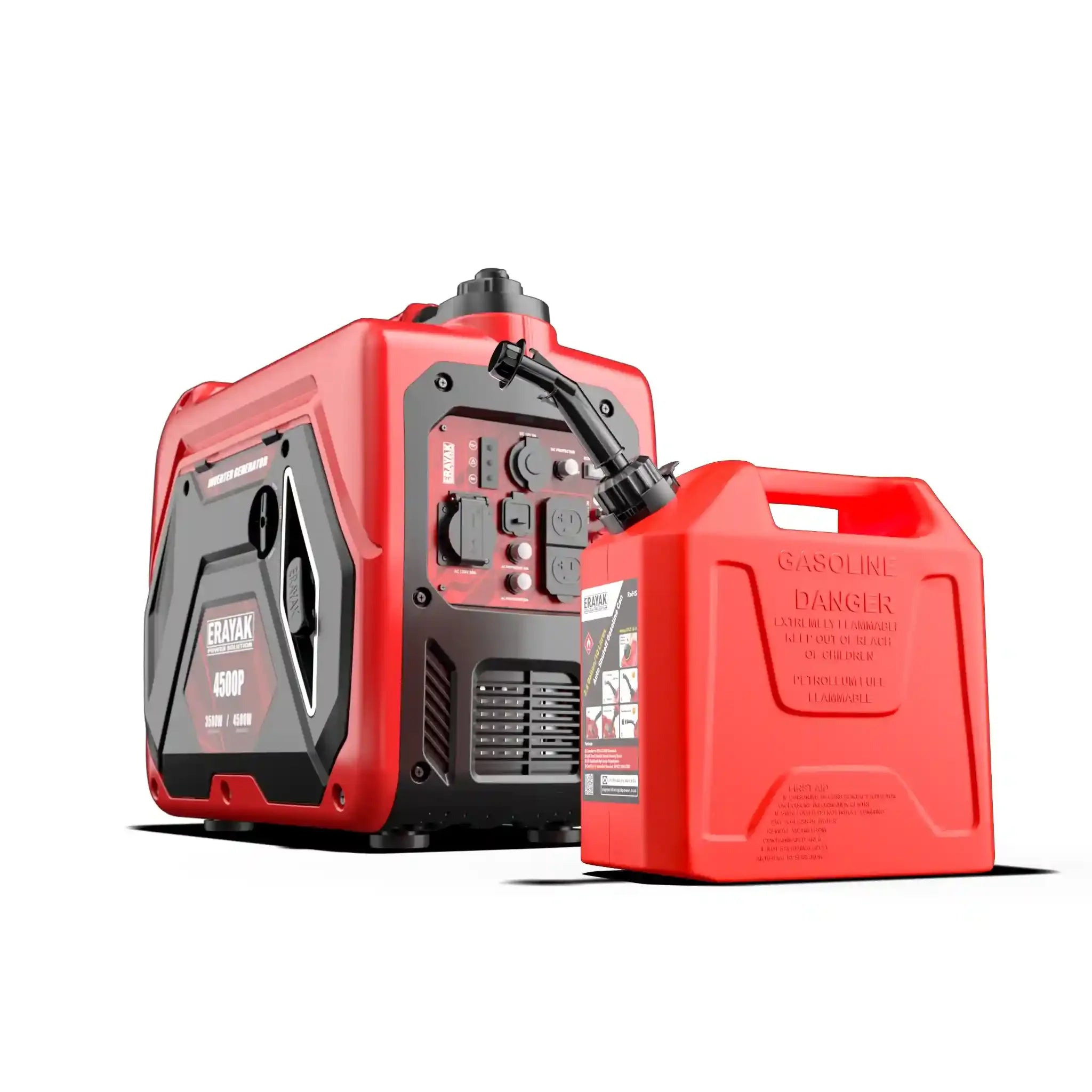

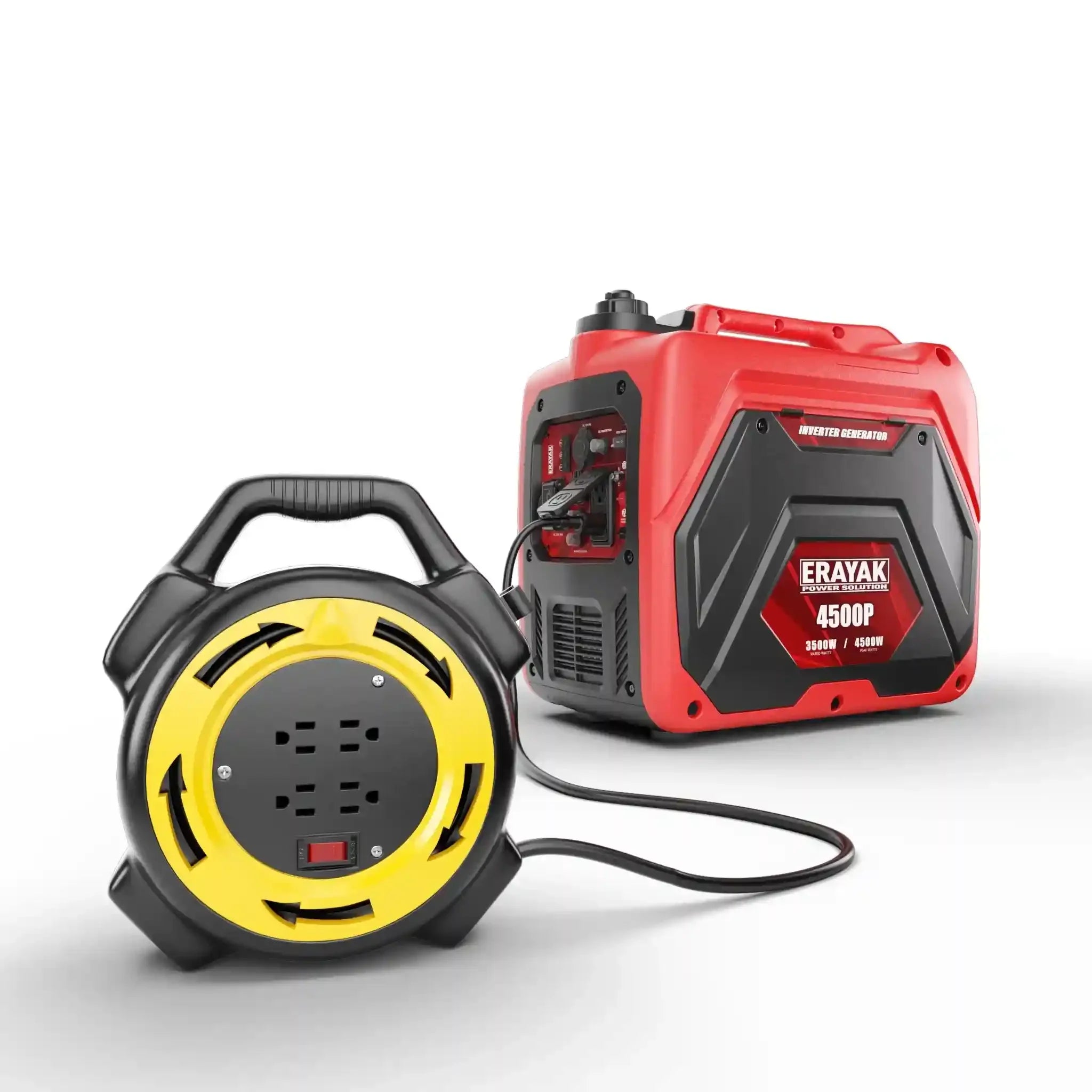

Learn More About Inverter Generators
View all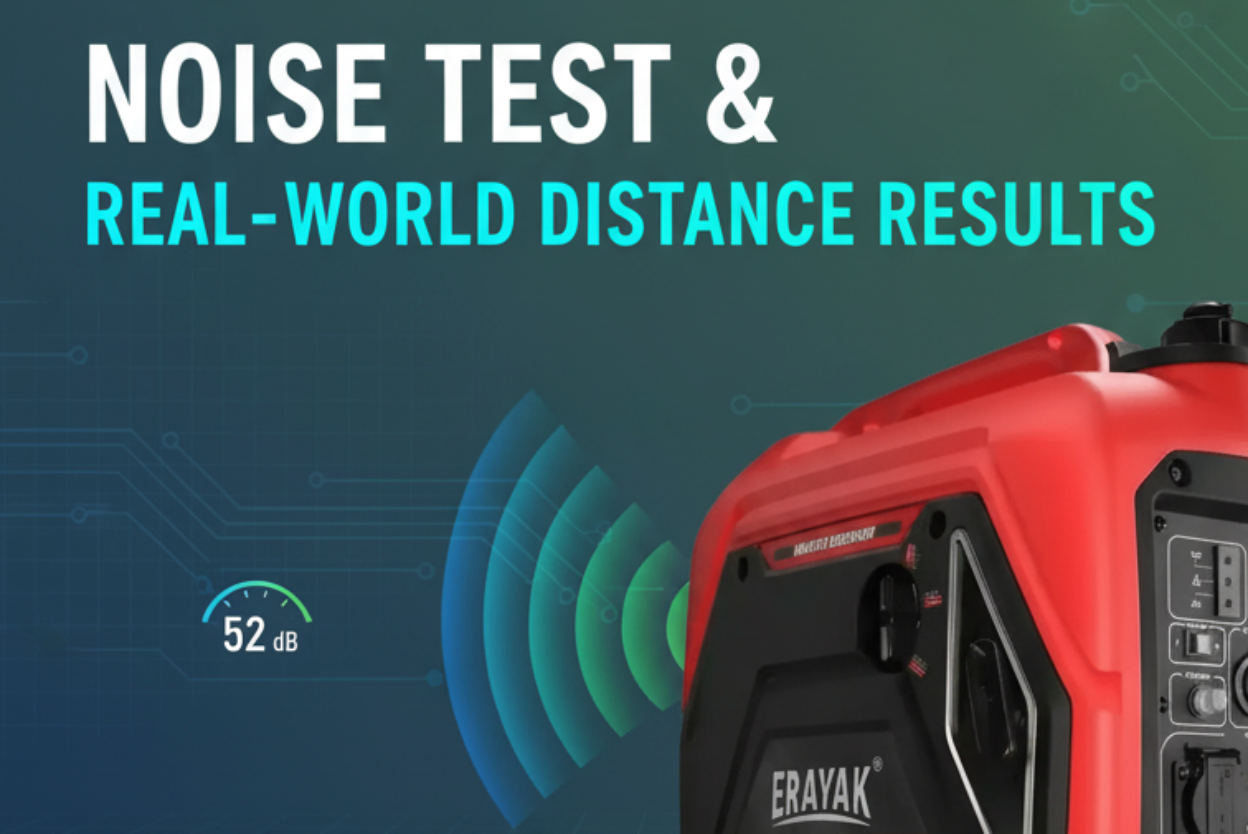
Erayak 2400P Noise Test and Real-World Distance Results

What Size Inverter Generator Do You Need? (Power Requirements Explained)
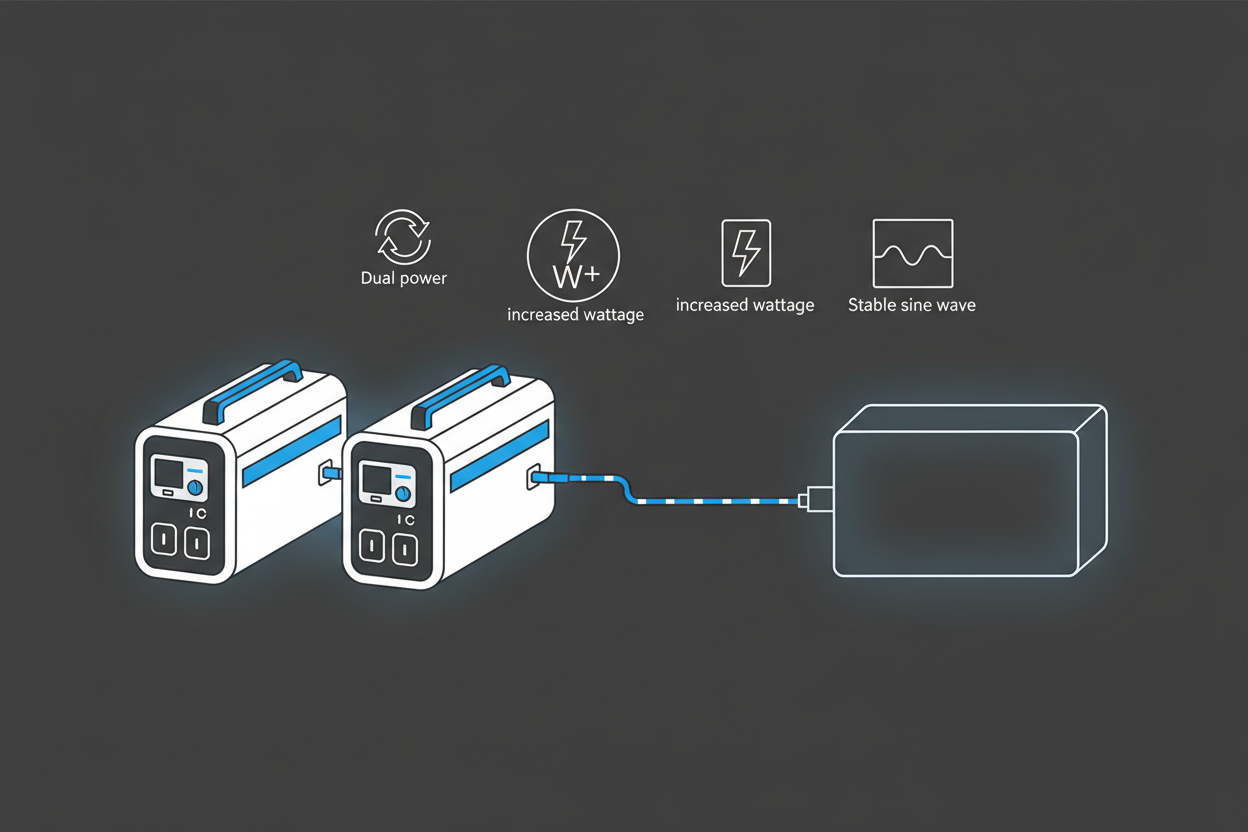
Can You Parallel Two Inverter Generators? (Yes—And Here’s Exactly How It Works)

Are Inverter Generators Good for Electronics? (Yes—Here’s the Technical Proof)

Inverter Generators vs Traditional Generators (Full Comparison Guide)
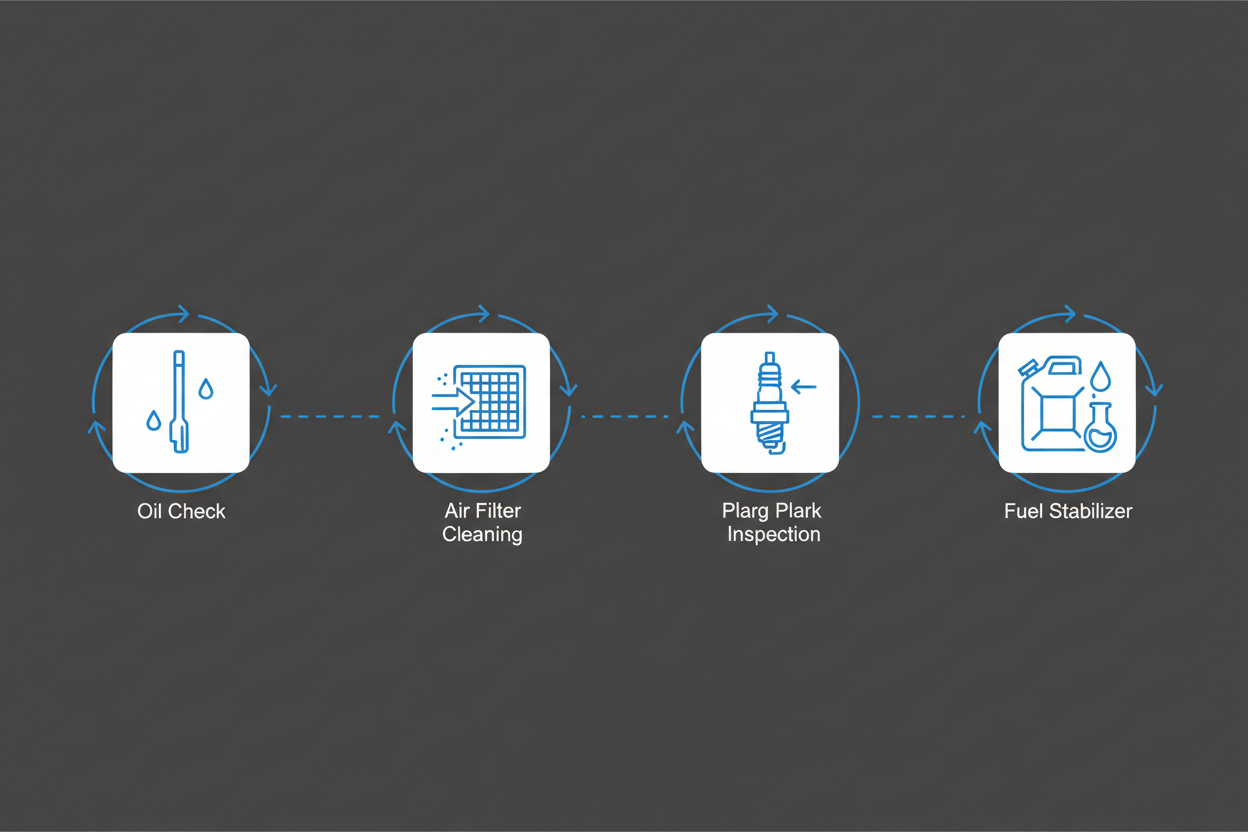
Inverter Generator Maintenance Tips (Longer Life, Better Performance)

Why Inverter Generators Are Safer Than Traditional Models

